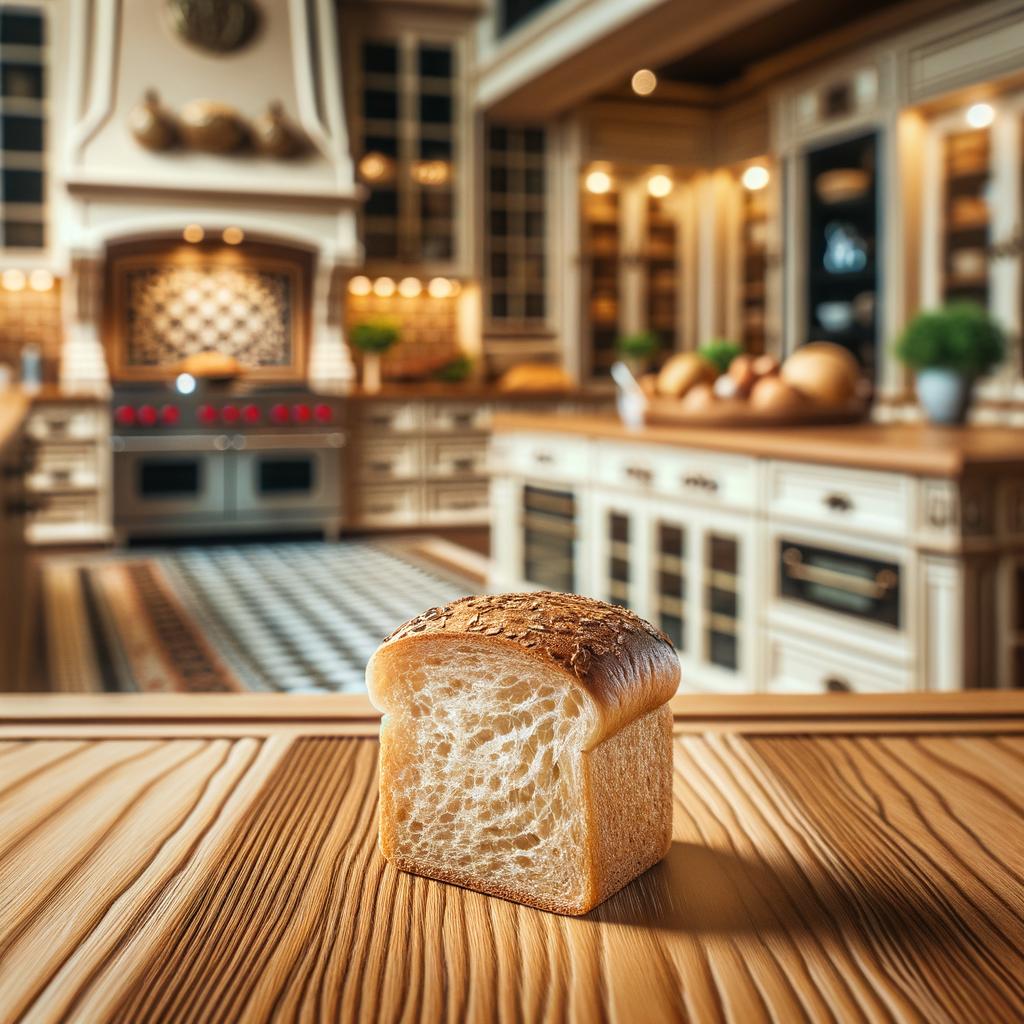Stale Bread

Description
Stale bread, a humble yet enchanting ingredient, is bread that has aged beyond its prime freshness. Its appearance varies depending on the type of bread that has been allowed to go stale. It may range from a crusty baguette that's become rock-hard to a loaf of soft bread that's turned dry and a tad crumbly. The texture of stale bread is firm, often hard, with a chewiness that can be quite satisfying. As for flavor, it retains the essence of its original form, though it may be less pronounced and slightly more yeasty. What sets stale bread apart from its fresh counterpart is its ability to absorb liquid without disintegrating, making it a prime ingredient for certain dishes.
Primary Uses
Stale bread is a culinary magician, transforming into delectable dishes that span across various cuisines. It is commonly used in bread puddings, French toast, croutons, and stuffing, where it soaks up flavors while maintaining its structure. In Italian cuisine, it is a key component in Panzanella, a Tuscan bread salad. Stale bread also finds its way into Spanish Gazpacho, serving as a thickener. Outside the kitchen, stale bread has been used traditionally as a cleaning agent for paintings and wallpaper, its dry texture proving effective at lifting away dirt without damaging the material.
History
The history of stale bread is as old as the history of bread itself. In ancient times, when food was scarce, nothing was wasted, not even stale bread. It was in these times that people discovered the versatility of this ingredient. The Romans, for instance, were known to soak stale bread in water and spices to create a simple yet comforting dish. Over the centuries, the use of stale bread has evolved from a necessity to a culinary choice, with chefs appreciating its unique qualities. There's even a charming French tale of a young bride who, in her eagerness to impress her new family, accidentally created the first French toast by trying to revitalize a loaf of stale bread.
Nutritional Information
Stale bread retains most of the nutritional value of fresh bread. It's a good source of carbohydrates, and depending on the type of bread, it may also provide dietary fiber, protein, and various vitamins and minerals such as B vitamins and iron. Compared to fresh bread, stale bread has a lower glycemic index, meaning it causes a slower rise in blood sugar levels. However, it's important to consume it in moderation as part of a balanced diet. Compared to similar ingredients, like crackers or rice cakes, stale bread often offers more nutritional value due to its protein and fiber content.

